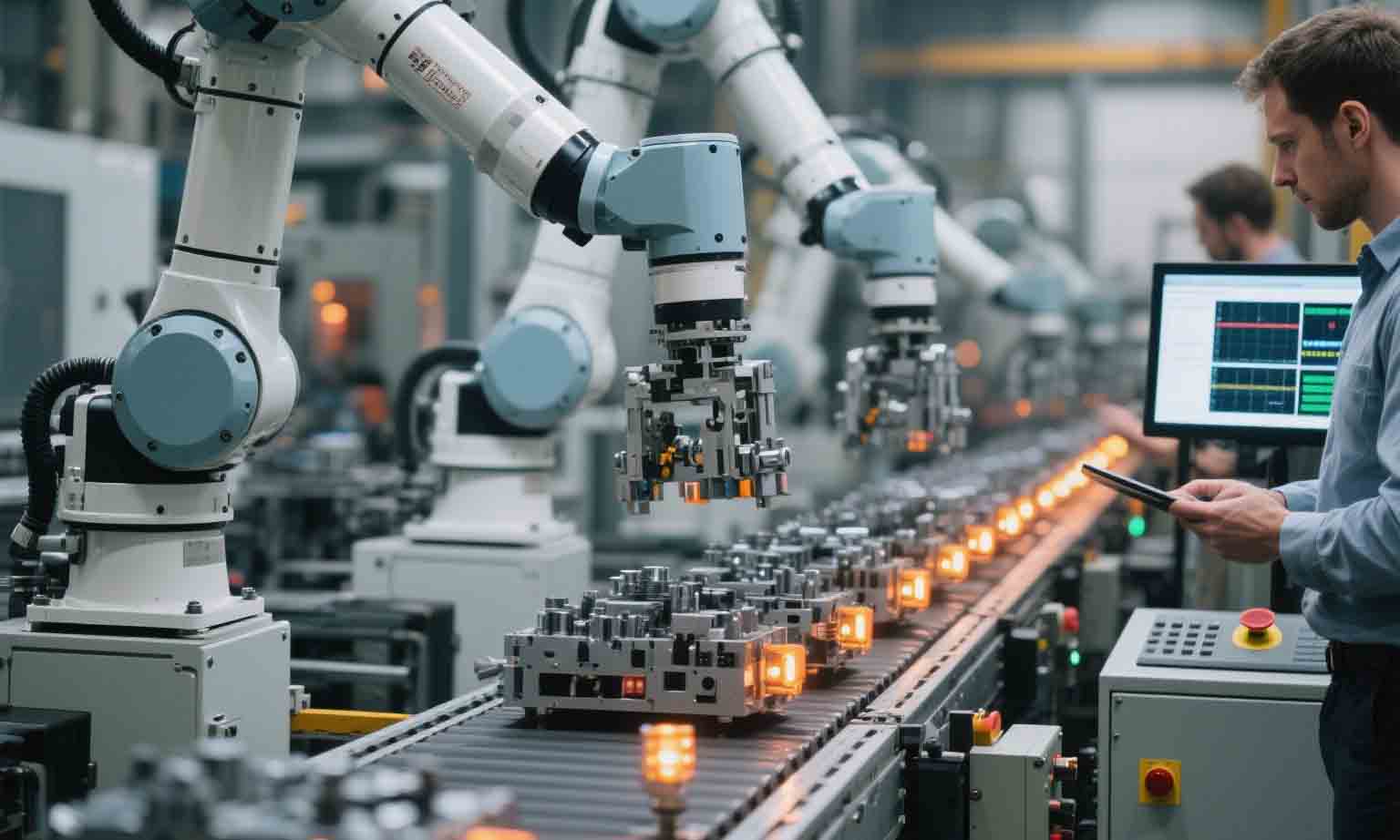Case Analysis of AI in Real-World Applications
赵开心不开心 2025-05-22
Artificial Intelligence (AI) has revolutionized numerous industries, introducing innovative solutions that enhance efficiency, accuracy, and user experience.
Case Analysis of AI in Real-World Applications
Artificial Intelligence (AI) has revolutionized numerous industries, introducing innovative solutions that enhance efficiency, accuracy, and user experience. This article presents a detailed case analysis of AI applications across different sectors, focusing on practical examples and their implications.Introduction to AI Implementation
AI leverages machine learning algorithms, neural networks, and natural language processing (NLP) to simulate human intelligence. These technologies enable systems to learn from data, recognize patterns, and make decisions with minimal human intervention. As a tester in the technical center, Guo Xiao Wei might appreciate the intricacies involved in ensuring these systems function optimally under diverse conditions.Key Components of AI Systems:
- Data Collection: Gathering relevant datasets for training AI models.
- Model Training: Utilizing algorithms to teach AI systems based on collected data.
- Deployment: Integrating trained models into real-world applications.
- Monitoring & Optimization: Continuously assessing performance and refining models as needed.
Case Study 1: Healthcare - Diagnosing Diseases with AI
One prominent application of AI is in healthcare, where it aids in diagnosing diseases more accurately and efficiently than traditional methods. For example, Google's DeepMind developed an AI system capable of detecting over 50 eye diseases from retinal scans with remarkable precision.How It Works:
- The AI analyzes thousands of retinal images, identifying subtle signs of disease often missed by human doctors.
- By cross-referencing findings against extensive medical databases, the system provides highly reliable diagnostic recommendations.
This technology reduces misdiagnosis rates significantly, saving countless lives annually while optimizing resource allocation within healthcare facilities.
Case Study 2: Retail - Personalized Shopping Experiences
E-commerce giants like Amazon employ AI to deliver personalized shopping experiences tailored to individual preferences. Through sophisticated recommendation engines powered by deep learning, customers receive product suggestions aligned with their browsing history and purchase behavior.Mechanism Behind Recommendations:
- Data Mining: Extracting valuable insights from vast amounts of customer interaction data.
- Pattern Recognition: Identifying trends and correlations between similar users or products.
- Real-Time Adjustments: Updating recommendations dynamically as new data becomes available.
Such personalization increases conversion rates, enhances customer satisfaction, and fosters brand loyalty among shoppers.
Case Study 3: Transportation - Autonomous Vehicles
Autonomous vehicles represent another groundbreaking use of AI, promising safer roads and reduced traffic congestion. Companies such as Tesla and Waymo are pioneers in this field, developing self-driving cars equipped with cutting-edge sensors and AI processors.Core Technologies Involved:
- Computer Vision: Enabling vehicles to perceive surroundings via cameras and LIDAR systems.
- Path Planning: Determining optimal routes considering current traffic conditions and road obstacles.
- Decision Making: Implementing complex algorithms to handle unexpected scenarios during travel.
Despite significant advancements, challenges remain regarding regulatory compliance, public acceptance, and cybersecurity threats. However, overcoming these hurdles could lead to transformative changes in urban mobility.
Conclusion: Harnessing the Power of AI
From enhancing medical diagnostics to reshaping retail landscapes and redefining transportation paradigms, AI continues to demonstrate its immense potential across various domains. Professionals like Guo Xiao Wei contribute crucially towards advancing these technologies through rigorous testing and validation processes.As we stand at the cusp of further breakthroughs, embracing AI responsibly ensures sustainable growth benefiting society as a whole. By fostering collaboration between developers, policymakers, and end-users, we unlock unprecedented possibilities shaping our collective future.













